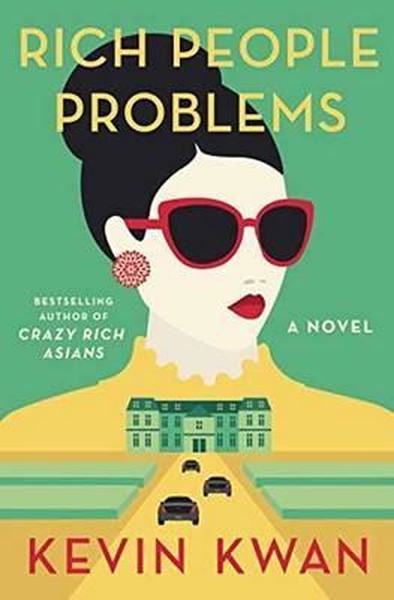
Of course, the restrictions only made the status symbols even more coveted. The school forbade students from wearing anything with a logo on it, and insisted that the chauffeured drop-offs happen out of sight. “I remember the principal crying at the podium, saying, ‘This is such a blight on our history and heritage,’ ” Kwan told me. Once the story broke, ACS held an emergency assembly. The “school of snobs” had made its way into a national tabloid. Kwan still remembers the article today: “The Little Horrors of ACS,” read the headline. He didn’t really consider what the wealth he was seeing at school might mean until it caused a scandal in the community. His family’s house was old and grand and packed with dusty antiques, in contrast with the glitzy high-rises where his friends lived. Not the wealth, exactly, but its display. Money, serious money, was showing up everywhere.Īt Kwan’s school, students were getting dropped off in Benzes and Bentleys, expensive watches on their slender wrists. By the late 1970s, when Kwan was in first grade, Singapore was sovereign, and its banks were flush with capital. Back in his great-grandfather’s day, the island was a port in the then-sprawling British empire. Kwan’s great-grandfather was one of the founders of the nation’s oldest bank, and his family had been going to ACS for generations.


He attended the private Anglo-Chinese School, which catered to Singapore’s ruling class. K evin Kwan’s career as an observer of class, privilege, and wealth began when he was in first grade.


 0 kommentar(er)
0 kommentar(er)
